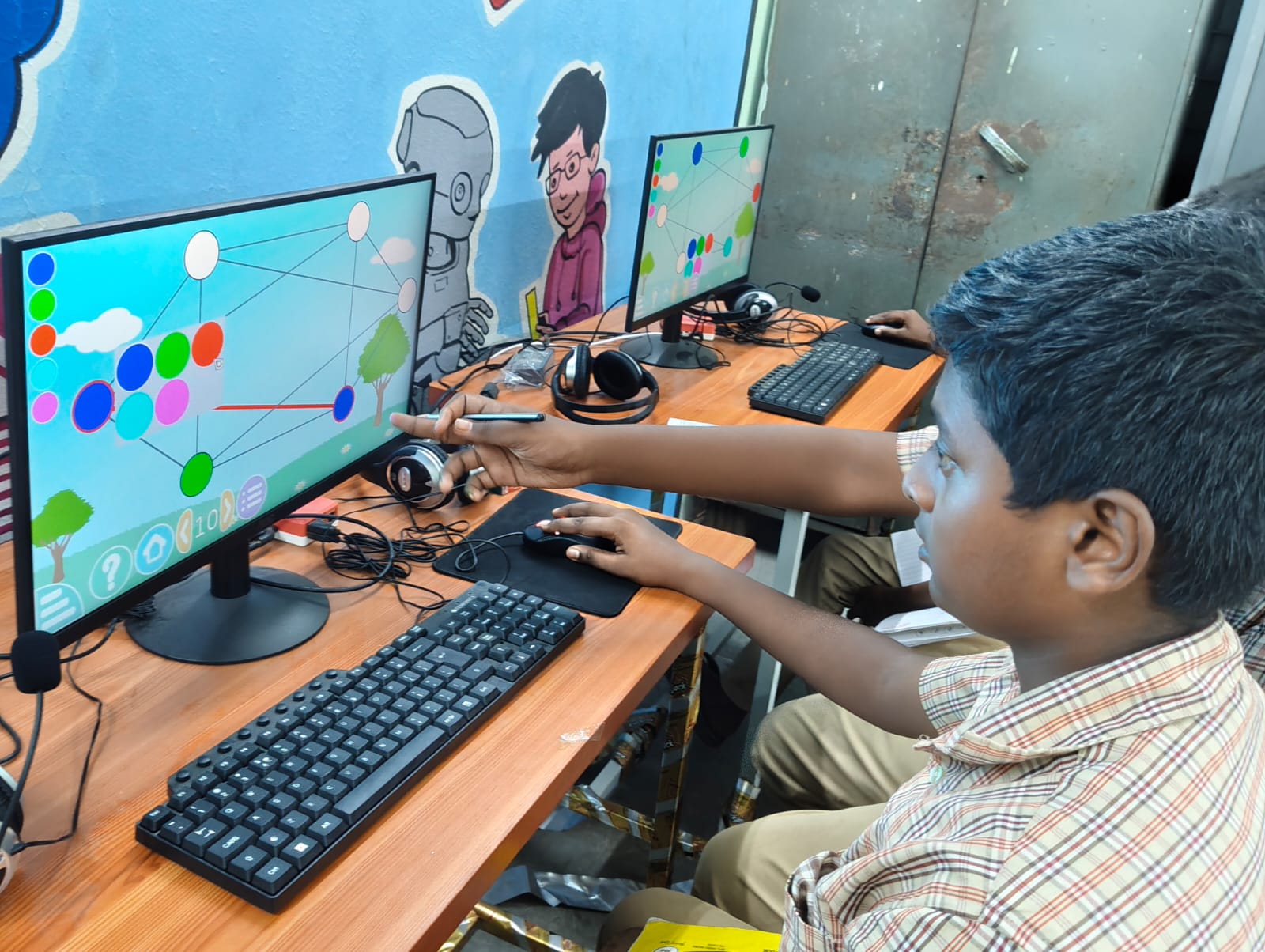September 8 is observed as International Literacy Day. This year’s theme, “𝗣𝗿𝗼𝗺𝗼𝘁𝗶𝗻𝗴 𝗹𝗶𝘁𝗲𝗿𝗮𝗰𝘆 𝗶𝗻 𝘁𝗵𝗲 𝗱𝗶𝗴𝗶𝘁𝗮𝗹 𝗲𝗿𝗮,” highlights the growing need for digital skills. But before government school students can fully benefit from digital learning, ILP works to address the foundational challenges of schooling, learning, and earning.
In schooling, the focus is on ensuring every child not only enrols but also completes basic education. This means working closely with parents and communities to prevent child labour, child marriages, and dropouts during transition stages.
In learning, the emphasis is on quality. Every child learns at a different pace, and no one should drop out simply because they cannot follow classroom lessons. ILP works to strengthen classroom practices, support teachers, and ensure students achieve age and grade-appropriate skills.
Once these foundations are in place, ILP extends its efforts to bridging the digital divide. By strengthening government programs like the 𝗧𝗲𝗰𝗵𝗻𝗼𝗹𝗼𝗴𝘆 𝗔𝘀𝘀𝗶𝘀𝘁𝗲𝗱 𝗟𝗲𝗮𝗿𝗻𝗶𝗻𝗴 𝗣𝗿𝗼𝗴𝗿𝗮𝗺 (𝗧𝗔𝗟𝗣) 𝗮𝗻𝗱 𝘁𝗵𝗲 𝗡𝗮𝘁𝗶𝗼𝗻𝗮𝗹 𝗦𝗸𝗶𝗹𝗹𝘀 𝗤𝘂𝗮𝗹𝗶𝗳𝗶𝗰𝗮𝘁𝗶𝗼𝗻𝘀 𝗙𝗿𝗮𝗺𝗲𝘄𝗼𝗿𝗸 (𝗡𝗦𝗤𝗙), ILP introduces student-led, self-paced digital learning into classrooms.
Through 30+ digital modules mapped to NSQF and NCERT curriculum, along with videos, textbook summaries, and practice exercises in local languages, students gain the confidence to learn independently. Teachers, supported through co-teaching and training, are able to integrate technology naturally into their lessons.
Step by step, ILP is working to make literacy in the digital era more than access to devices — it is about inclusion, confidence, and equal opportunity for every learner.
